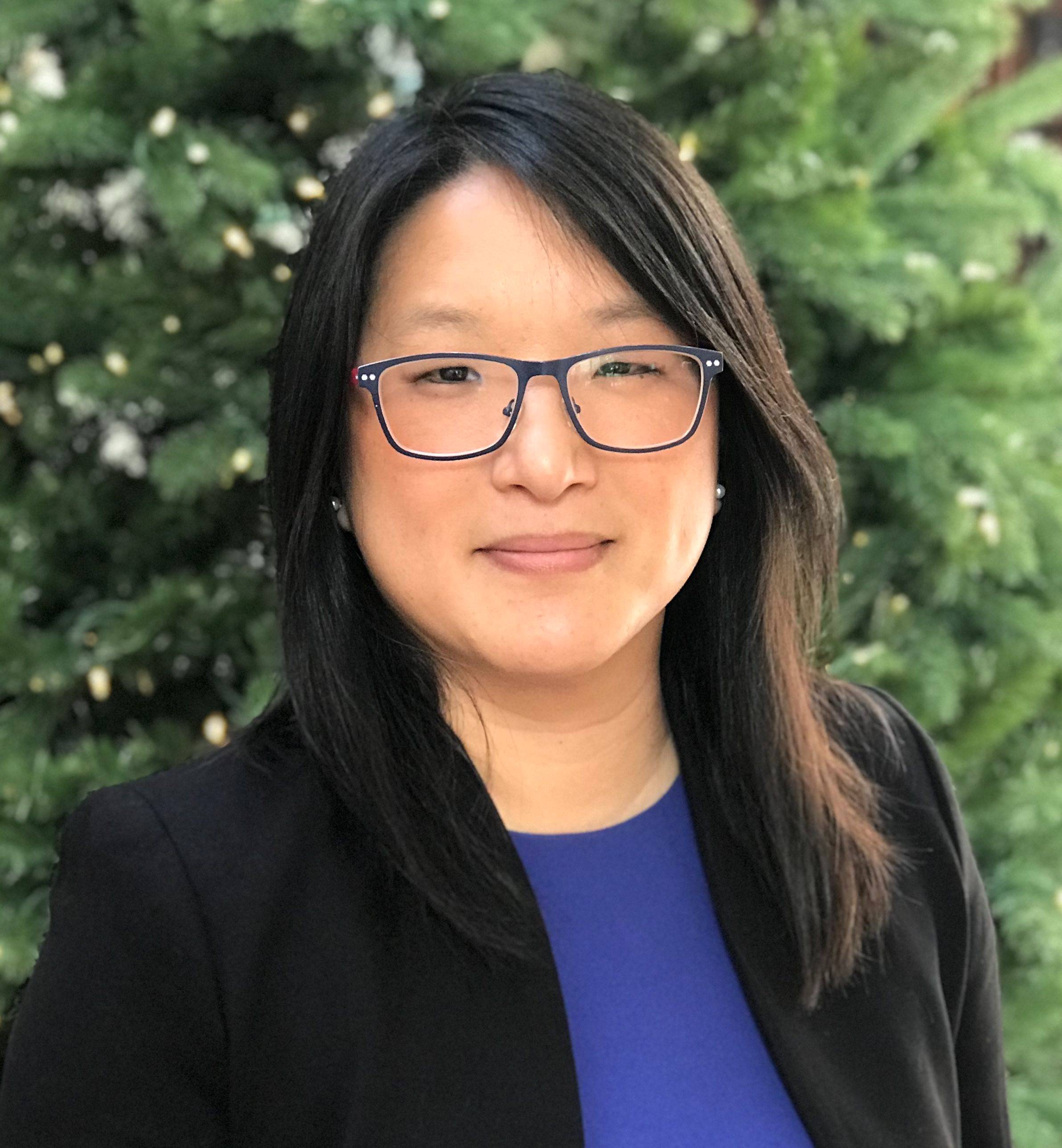|
1. D.A. Case, D.S. Cerutti, V.W.D. Cruzeiro, T.A. Darden, R.E. Duke, M. Ghazimirsaeed,
G.M. Giambasu, T.J. Giese, A.W. Götz, J.A. Harris, K. Kasavajhala, T. Lee, Z. Li,
C. Lin, J. Liu, Y. Miao, R. Salomon-Ferrrer, J. Shen, R. Snyder, J. Swails, R.C. Walker,
J. Wang, X. Wu, J. Zeng, T.E. Cheatham, III, D.R. Roe, A. Roitberg, C. Simmerling,
D.M. York, M.C. Nagan*, K.M. Merz*, Jr. Recent Developments in Amber Biomolecular
Simulations. J. Chem. Inf. Model. 2025, 65, 7835-7843, doi.org/10.1021/acs.jcim.5c01063.
2. Raguette, L.E., Gunasekera, S.S., Ventura Diaz, R.I., Aminov, E., Linzer, J.T., Parwana, D., Wu, Q., Simmerling, C. and Nagan*, M.C. “Adjusting the energy profile
for CH–O interactions leads to improved stability of RNA stem-loop structures in MD
simulations” J. Phys. Chem. B, 2024, 128, 7921-7933, doi.org/10.1021/acs.jpcb.4c01910.
3. Linzer, J.T., Aminov, E.,Abdullah, A.S., Kirkup, C., Bijoor, V. R.Chong, J., Ventura Diaz, R.I., Grodzki, A.C., Haines, E.R.,Huang, S.Iyer, A.S., Khalil, M.K., Leong, A. P.Neuhaus, M. A., Onghai, H.P., Park, J., Tse, C.G., Álvarez Toucet, E.,Xie, M., Ziembicki, J. M., Simmerling, C. and Nagan*, M.C. “Accurately Folding RNA Stem-Loops in Implicit Solvent”
J. Chem. Inf. Model, 2024, 64, 6092-6104, doi.org/10.1021/acs.jcim.4c00756.
4. Hasan Metin Aktulga, Kellon Belfon, David S. Cerutti,Gerardo Andrés Cisneros, Vinícius Wilian D. Cruzeiro, Negin Forouzesh, Timothy J.
Giese, Andreas W. Goëtz, Holger Gohlke, Saeed Izadi, Koushik Kasavajhala Mehmet C.
Kaymak, Edward King, Tom Kurtzman, Tai-Sung Lee, Pengfei Li, Jian Liu, Tyler Luchko,
Ray Luo, Madushanka Manathunga, Matias R. Machado, Hai Minh Nguyen, Kurt A. O’Hearn, Alexey Onufriev, Feng Pan, Sergio
Pantano,Ruxi Qi, Ali Rahnamoun, Ali Risheh, Stephan Schott-Verdugo, Akhil Shajan,s Jason Swails, Junmei Wang, Haixin Wei, Xiongwu Wu, Yongxian Wu, Shi Zhang, Shiji
Zhao,Qiang Zhu, Daniel R. Roe, , Darrin M. York, David A Case, Thomas E. Cheatham, III,
Adrian Roitberg,C.L. Simmerling, Maria C. Nagan* and Kenneth M. Merz, Jr.*, AmberTools23, J. Chem. Inf. Model, 2023, 63, 6183-6191, doi.org/10.1021/acs.jcim.3c01153.
5. Anderson, K., Arradondo, S., Ball, K.A., Bruce, C., Gomez, M.A., He, K., Hendrickson,
H., Madison, L., Ringer McDonald, A., Nagan, M.C., Scott, C.E., Soto, P., Tomlinson,
A., Varner, M. and Parish*, C. “The Impacts of the Molecular Education and Research
Consortium in Undergraduate Computational Chemistry on the Careers of Women in Computational
Chemistry” J. Chem. Inf. Model, 2022,62, 6316-6322, doi.org/10.1021/acs.jcim.2c00566.
6. Maddula, V., Holtzman, N. S., Nagan*, M.C. and Rotenberg*, S. A. “Computational Studies of the
α/ß-Tubulin Heterodimeric Interface in Microtubules: The Impact of Phosphorylation
of Ser165 in α-Tubulin” Biochemistry, 2022, 61, 1508-1516. Supplemental Cover. doi.org/10.1021/acs.biochem.2c00154.
7. Nagan*, M.C. “Using a Lab Wiki for Longevity and Knowledge Transfer in Undergraduate
Research” International Journal of Quantum Chemistry, 2020,120, e26262. doi.org/10.1002/qua.26262.
8. Palermo, G.; Armacost, K.A. and Nagan, M.C. “Women Make COMP: Mentoring the Next
Generation of Women in Computational Chemistry” J. Chem. Inf. Model, 2019, 59, 4061-4062, doi.org/10.1021/acs.jcim.9b00643.
9. Witts, R.N.;Hopson, E.C.; Koballa, D.E.; Van Boening, T.A.; Hopkins, N.H.; Patterson, E.V. and Nagan, M.C. “Backbone-Base Interactions Critical to Quantum
Stabilization of Transfer RNA Anticodon Structure” J. Phys. Chem. B, 2013, 117, 7489-7497, doi.org/10.1021/jp400084p.
10. Michael, L.A.; Chenault, J.A.; Miller III, B.R.; Knolhoff, A.M. and Nagan, M.C. “Water, Shape-Recognition, Salt Bridges and Pi-Cation Interactions
Differentiate Peptide Recognition of the HIV Rev-Responsive Element” J. Mol. Biol. 2009, 392, 774-786, doi.org/10.1016/j.jmb.2009.07.047.
11. McCrate, N.E.; Varner, M.E.; Kim, K.I. and Nagan, M.C. “Molecular Dynamics Simulations of Human tRNALys,3UUU: The Role of Modified Bases in mRNA Recognition” Nucleic Acids Res. 2006, 34, 5361-5368, doi.org/10.1093/nar/gkl580.
| 

